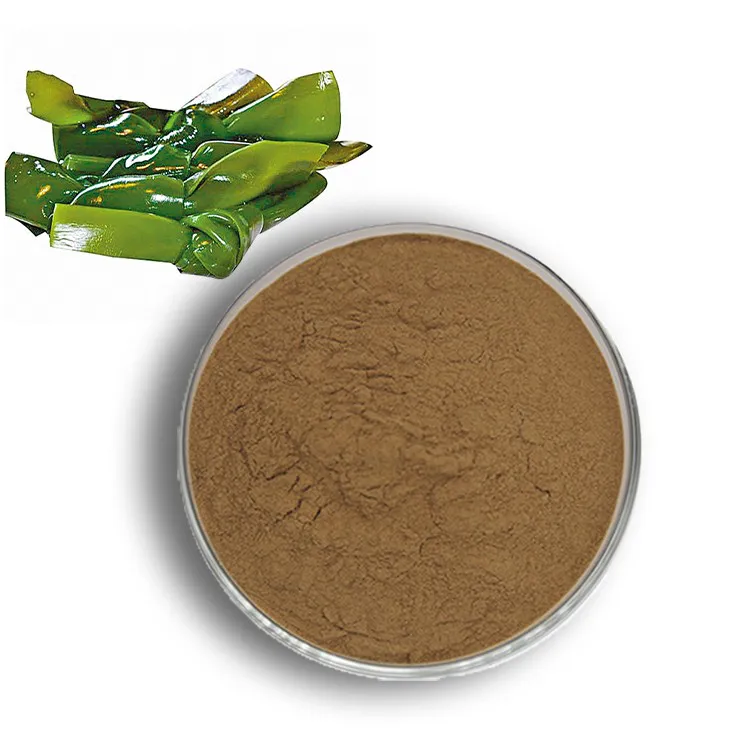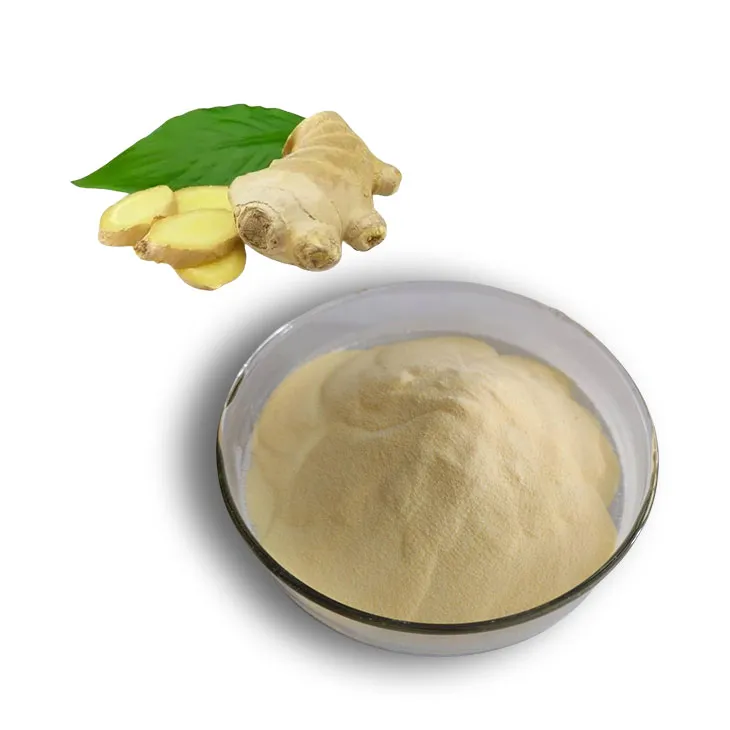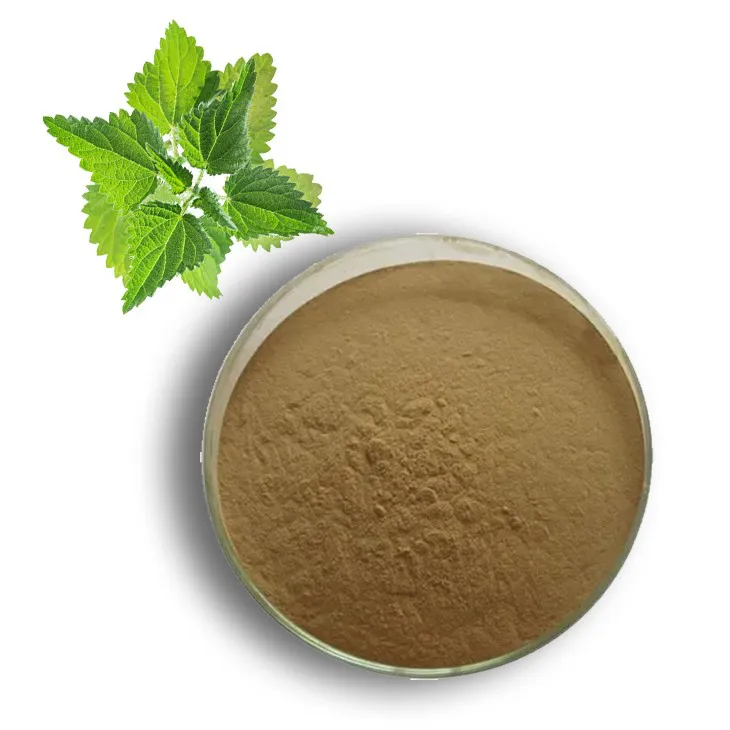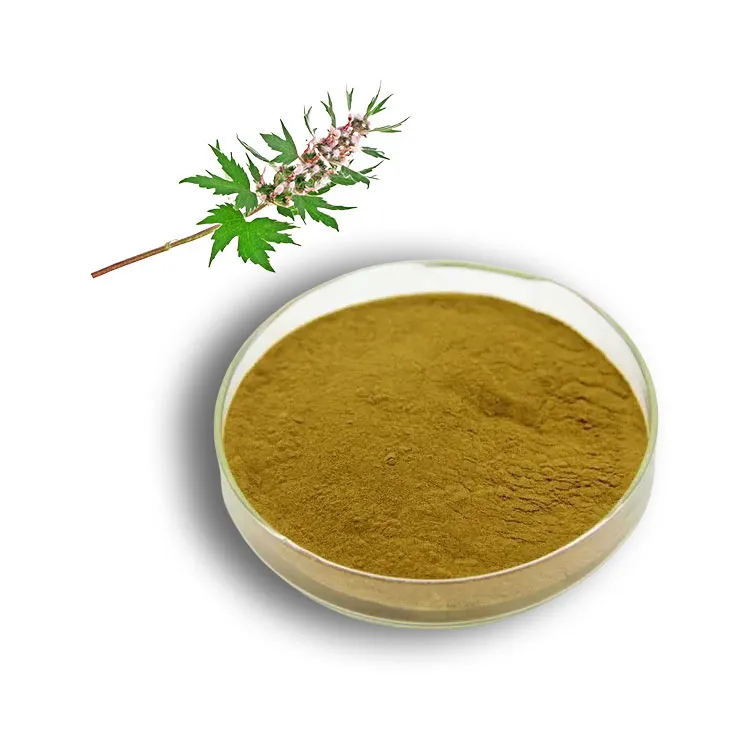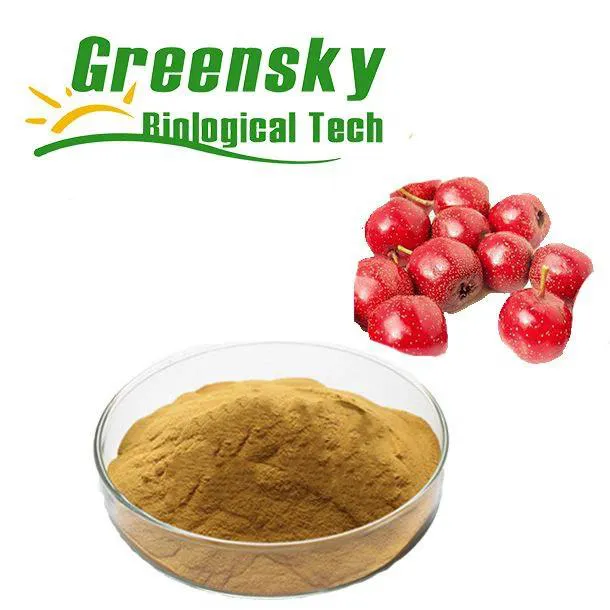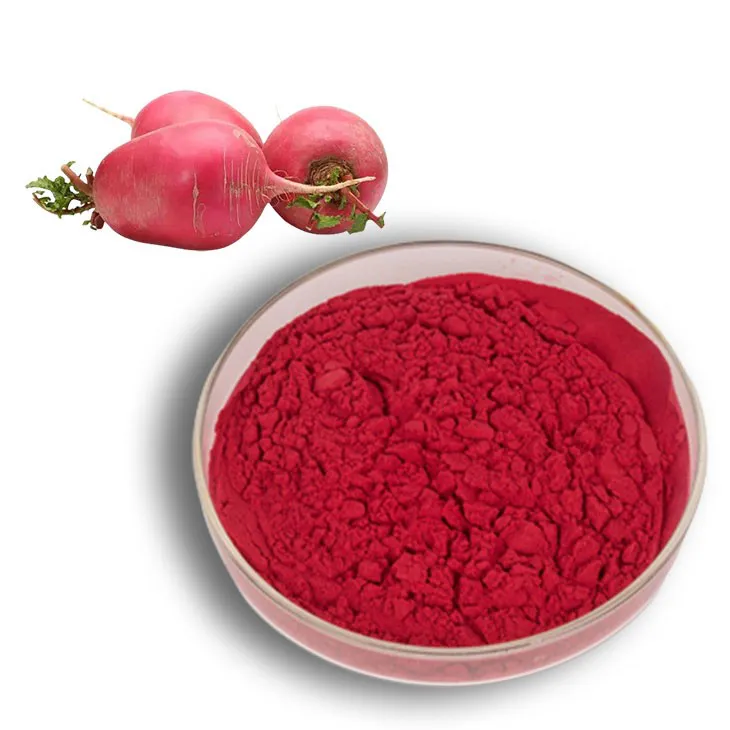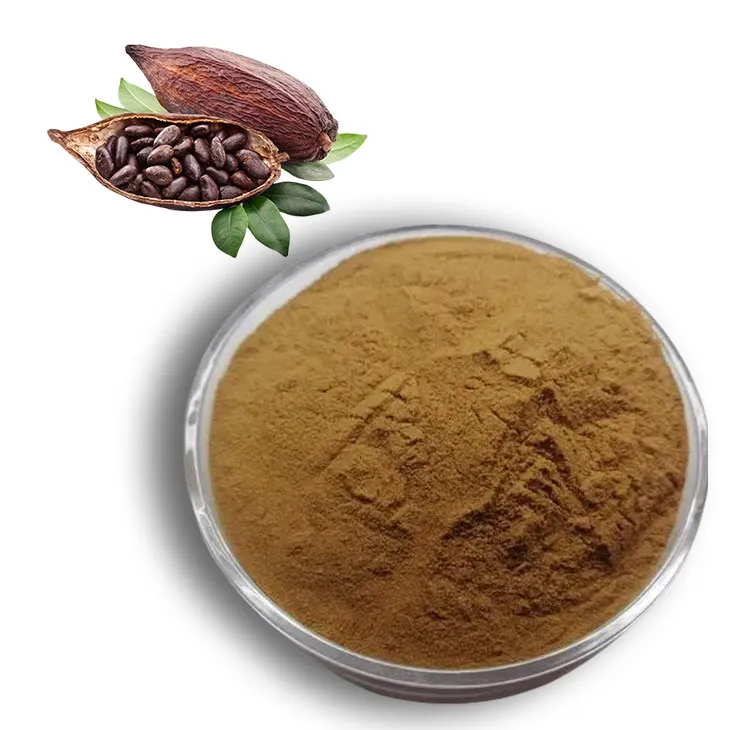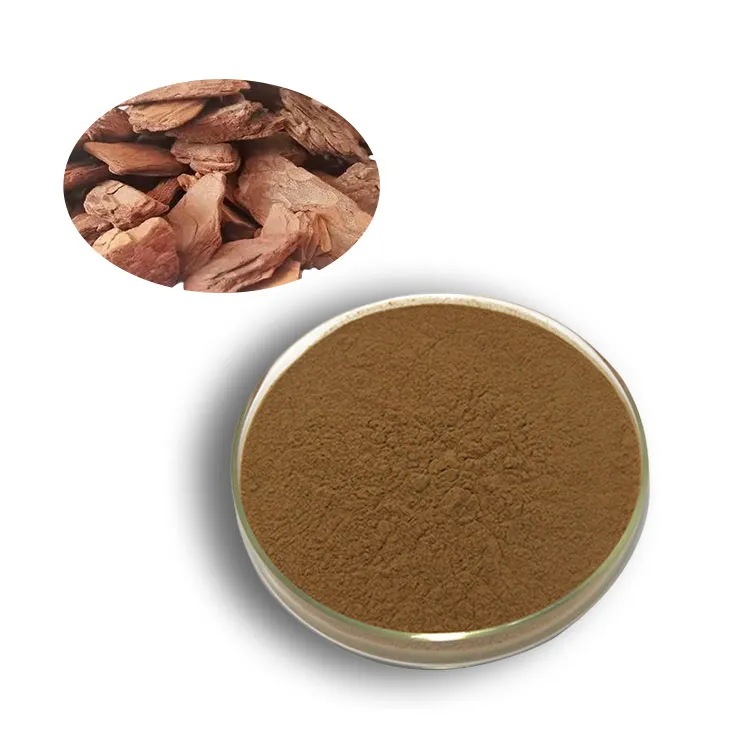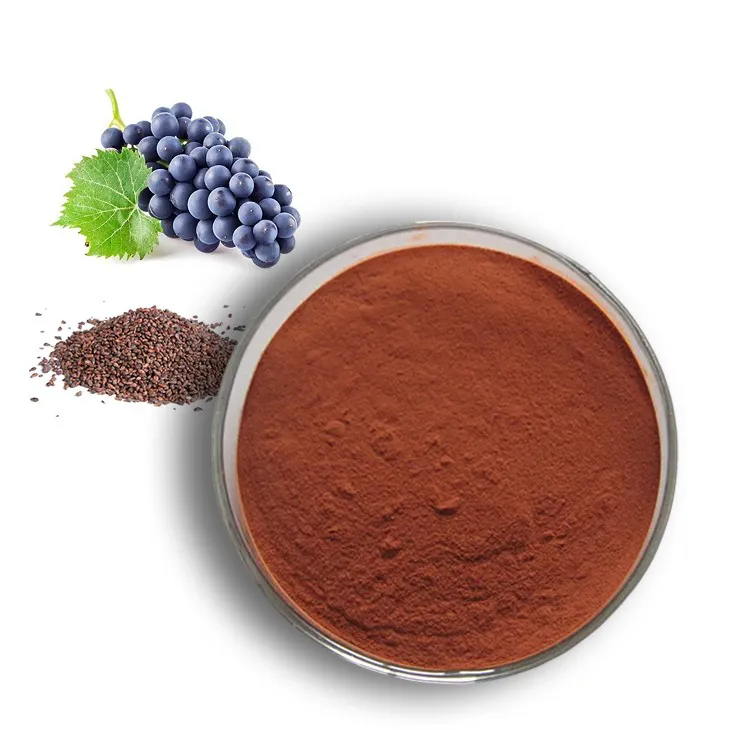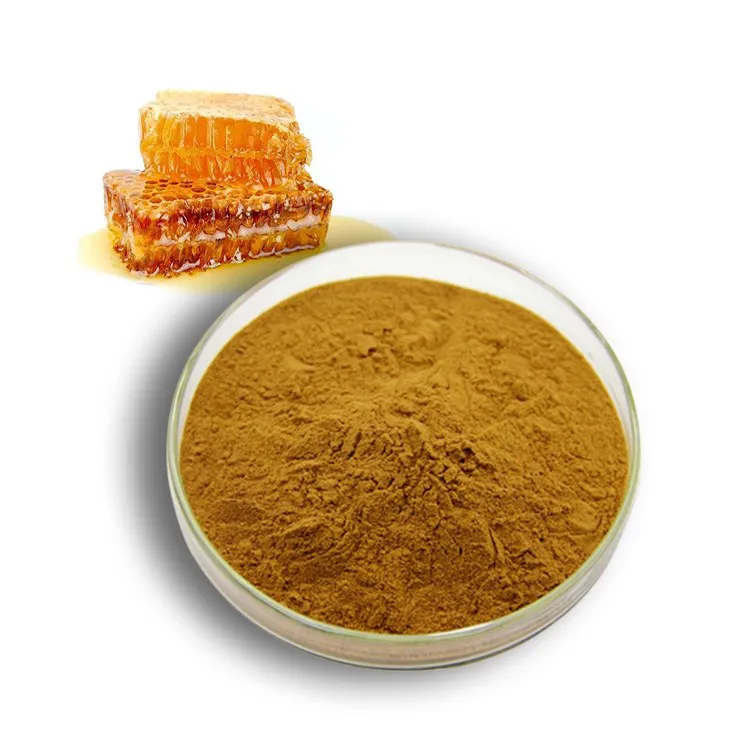- 0086-571-85302990
- sales@greenskybio.com
Practical Applications: How to Incorporate Hedyotis Diffusa Extract into Your Routine
2024-07-03
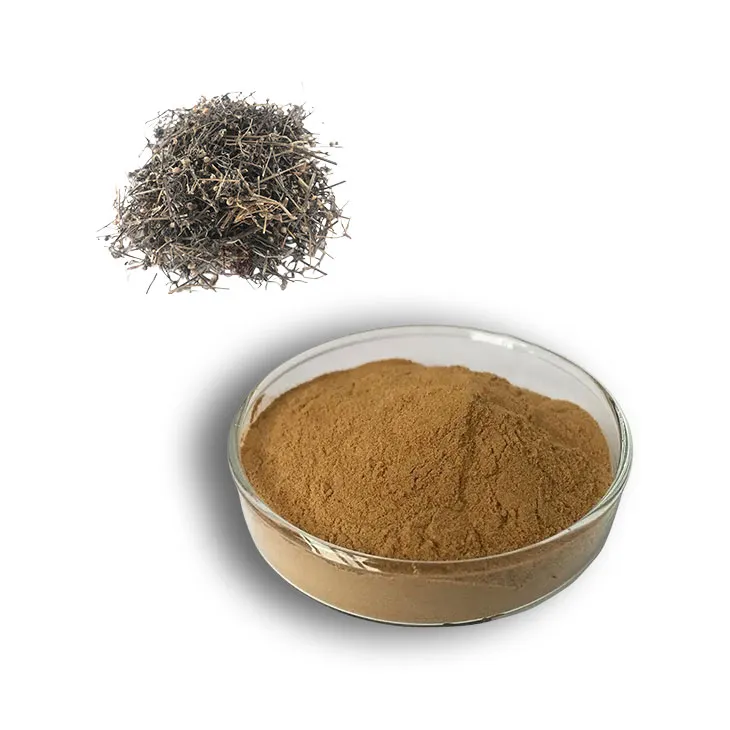
1. Introduction to Hedyotis Diffusa Extract
Hedyotis Diffusa, also known as Oldenlandia diffusa, is a plant with a long history in traditional medicine. The extract of Hedyotis Diffusa contains various bioactive compounds that are believed to possess numerous health - promoting properties. These compounds may include flavonoids, phenolic acids, and polysaccharides.
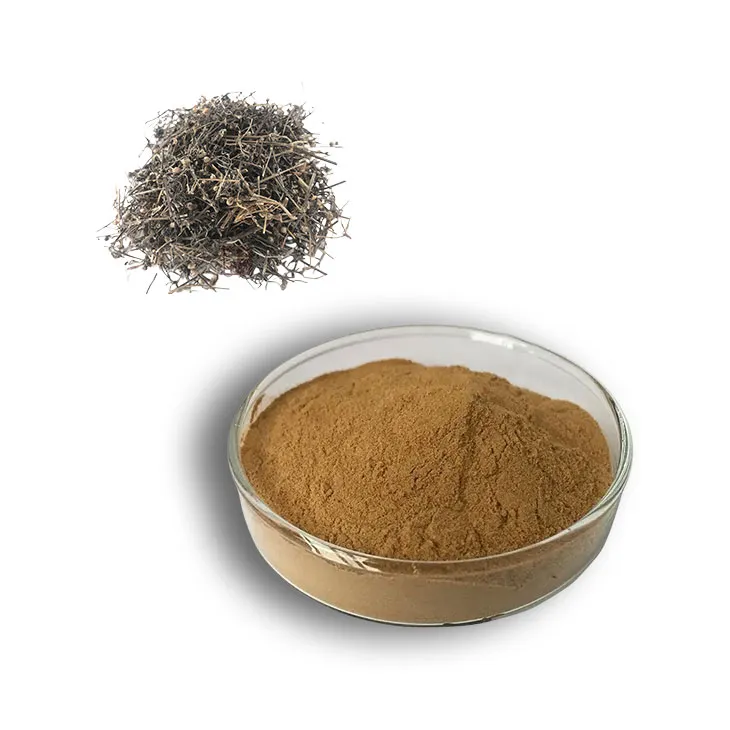
2. Herbal Remedies with Hedyotis Diffusa Extract
2.1 Traditional Medicinal Uses
In traditional medicine systems, Hedyotis Diffusa Extract has been used for treating a variety of ailments. For example, it has been used to alleviate inflammation in the body. Inflammatory conditions such as arthritis may potentially benefit from the anti - inflammatory properties of the extract.
It has also been used in the treatment of certain types of cancers. However, it should be noted that while there is some traditional evidence and some preliminary scientific research in this area, more in - depth and conclusive scientific studies are still needed to fully understand its role in cancer treatment.
2.2 Modern Herbal Remedy Applications
When using Hedyotis Diffusa extract as a herbal remedy in modern times, it is often available in the form of tinctures or dried extracts. For those who wish to use it for minor inflammatory issues, a tincture can be taken orally. Typically, a few drops of the tincture can be diluted in a small amount of water and consumed once or twice a day.
If using dried extract in the form of capsules, it is important to follow the recommended dosage instructions provided by the manufacturer. Over - dosage can lead to potential adverse effects, although the extract is generally considered safe when used appropriately.
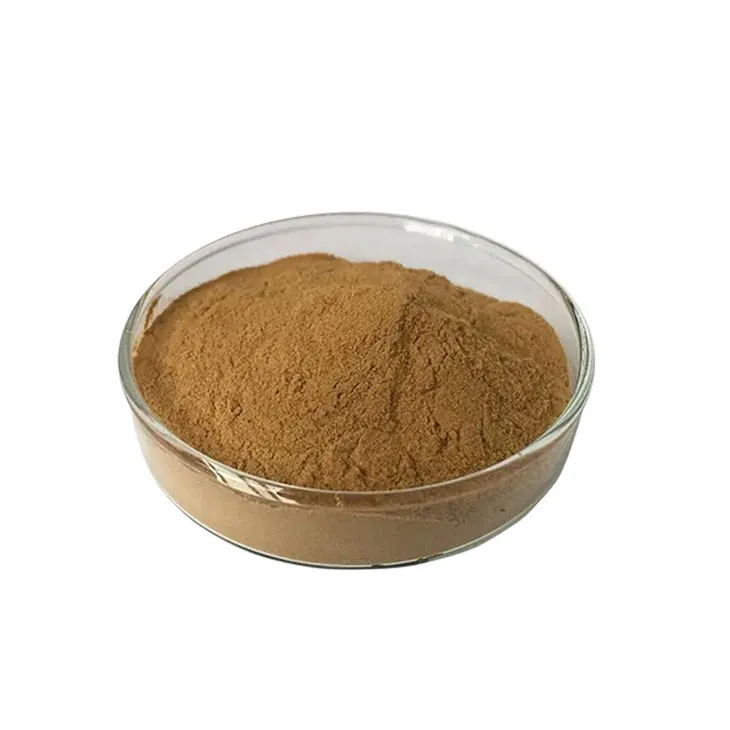
3. Dietary Enhancements with Hedyotis Diffusa Extract
3.1 Incorporating into Beverages
One of the simplest ways to incorporate Hedyotis Diffusa extract into your diet is by adding it to beverages. For example, it can be added to herbal teas. You can make a homemade herbal tea blend by combining Hedyotis Diffusa extract with other complementary herbs such as chamomile or peppermint.
Another option is to add it to smoothies. If you make a fruit - based smoothie, adding a small amount of Hedyotis Diffusa extract powder can enhance the nutritional profile of the smoothie. For instance, you can add half a teaspoon of the extract powder to a banana - strawberry smoothie.
3.2 Using in Cooking
Hedyotis Diffusa extract can also be used in cooking, although this is less common. It can be added to soups or stews. When adding it to a soup, it is best to add it towards the end of the cooking process to preserve its bioactive compounds. For example, in a vegetable soup, you can add a small amount of the extract just before serving.
It can also be used in the preparation of certain herbal - infused oils. These oils can then be used for salad dressings or for light sautéing. However, the flavor of Hedyotis Diffusa extract is relatively mild, so it may not significantly alter the taste of the food but will add its potential health benefits.
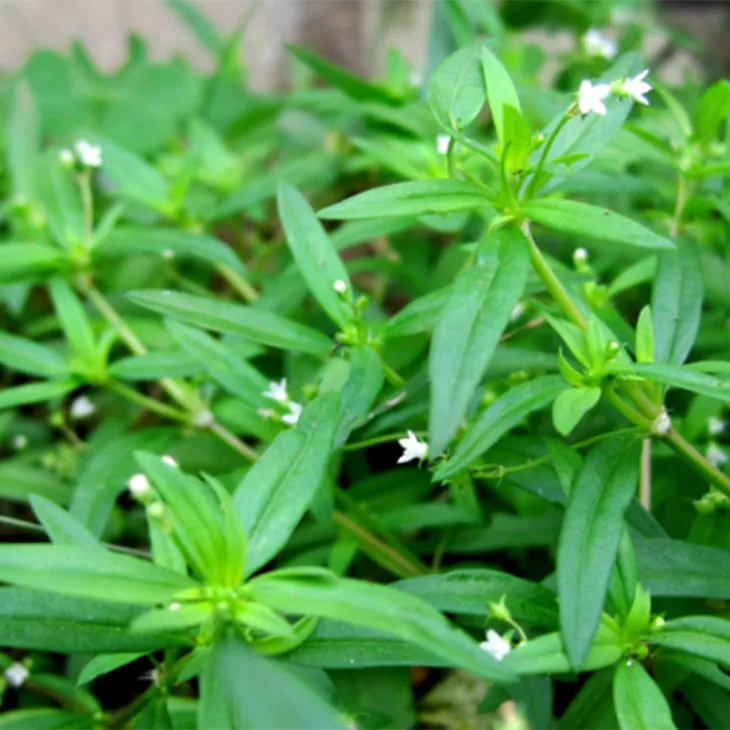
4. Natural Cosmetics with Hedyotis Diffusa Extract
4.1 Skin - Care Benefits
The anti - inflammatory properties of Hedyotis Diffusa extract make it a potentially valuable ingredient in skin - care products. It can be used in creams or lotions for those with sensitive or inflamed skin. For example, it can be used in a moisturizing cream to help soothe skin that is irritated due to environmental factors such as pollution or excessive sun exposure.
It may also have antioxidant properties, which can help in preventing premature skin aging. Antioxidants in the extract can combat free radicals that damage skin cells. As a result, it can be incorporated into anti - aging serums or facial masks.
4.2 Incorporating into Cosmetic Products
If you are making your own natural cosmetics at home, adding Hedyotis Diffusa extract is relatively straightforward. For a simple facial mask, you can mix the extract with other natural ingredients such as honey and oatmeal. Combine a small amount of the extract with a tablespoon of honey and enough oatmeal to form a paste. Apply this paste to your face and leave it on for 15 - 20 minutes before rinsing off.
When it comes to commercial cosmetic products, look for those that list Hedyotis Diffusa extract as an ingredient. However, it is important to ensure that the product is from a reliable source and has been properly tested for safety and efficacy.
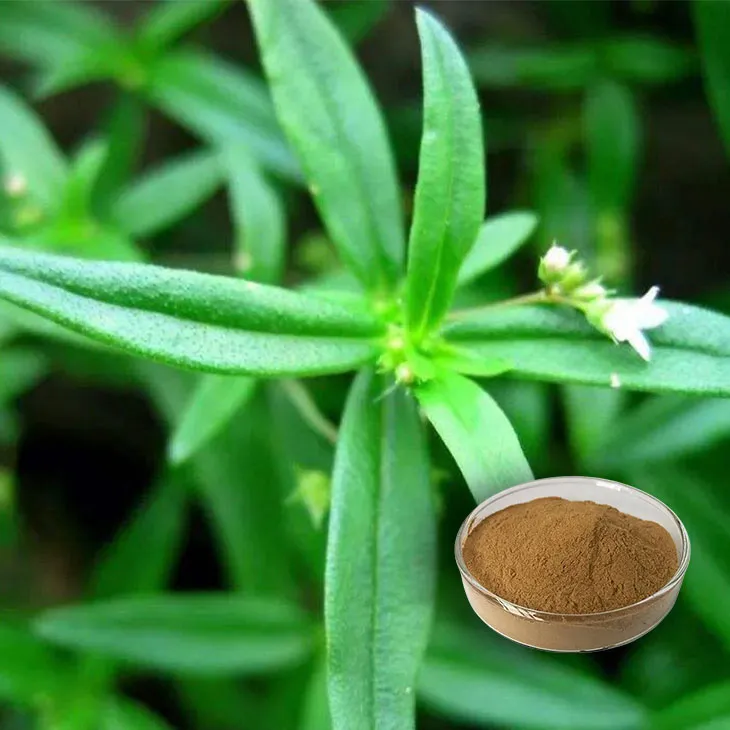
5. Precautions and Considerations
While Hedyotis Diffusa extract has potential benefits, there are also some precautions to be aware of. Firstly, pregnant or breastfeeding women should consult a healthcare provider before using any products containing the extract. Although there is no conclusive evidence of harm, it is always better to err on the side of caution.
Secondly, some people may be allergic to Hedyotis Diffusa or its extract. If you experience any allergic reactions such as rash, itching, or swelling after using a product containing the extract, discontinue use immediately and seek medical attention.
Finally, as with any natural remedy or supplement, it is important to source high - quality products. Poor - quality extracts may not contain the expected levels of bioactive compounds and may also be contaminated with other substances.
6. Conclusion
Hedyotis Diffusa extract has a wide range of potential applications in herbal remedies, dietary enhancements, and natural cosmetics. By understanding how to properly incorporate it into your daily routine, you can potentially enjoy its various health - promoting and beneficial properties. However, it is crucial to always be cautious, follow proper dosage instructions, and source high - quality products to ensure safety and effectiveness.
FAQ:
What are the potential health benefits of Hedyotis Diffusa extract?
Hedyotis Diffusa extract is believed to have several potential health benefits. It has been traditionally used in herbal medicine for its anti - inflammatory properties, which may help in reducing inflammation in the body. Some studies also suggest it may have antioxidant effects, potentially helping to combat oxidative stress. Additionally, it might play a role in supporting the immune system, although more research is needed to fully understand these effects.
How can Hedyotis Diffusa extract be used in herbal remedies?
In herbal remedies, Hedyotis Diffusa extract can be prepared as a tea. Steep the dried herb in hot water for a period of time, usually around 10 - 15 minutes, and then drink the infusion. It can also be used in tincture form. However, it is important to note that when using it for medicinal purposes, it should be under the guidance of a trained herbalist or healthcare provider, as improper use may lead to unwanted side effects.
Is it safe to incorporate Hedyotis Diffusa extract into dietary enhancements?
When used in moderation, Hedyotis Diffusa extract may be safe for dietary enhancements. However, some people may be allergic to it. Also, pregnant or breastfeeding women should avoid using it without consulting a doctor, as its safety in these situations has not been fully established. It is always a good idea to start with a small amount and monitor for any adverse reactions.
How can Hedyotis Diffusa extract be used in natural cosmetics?
Hedyotis Diffusa extract can be added to natural cosmetics such as creams and lotions. It can contribute to the antioxidant properties of the product, potentially helping to protect the skin from environmental damage. It may also have anti - inflammatory effects on the skin, which could be beneficial for those with skin conditions like acne or eczema. However, proper formulation and preservation techniques are necessary to ensure the stability and safety of the product.
Where can one obtain high - quality Hedyotis Diffusa extract?
High - quality Hedyotis Diffusa extract can be obtained from reliable herbal suppliers. Look for suppliers who source their herbs from sustainable and clean environments. It is also advisable to choose products that are tested for purity and potency. Some health food stores may also carry products containing Hedyotis Diffusa extract, but it is important to ensure their quality and authenticity.
Related literature
- The Medicinal Properties of Hedyotis Diffusa: A Comprehensive Review"
- "Hedyotis Diffusa Extract in Cosmetic Applications: A Scientific Perspective"
- "Traditional and Modern Uses of Hedyotis Diffusa in Herbal Remedies"
- ▶ Hesperidin
- ▶ Citrus Bioflavonoids
- ▶ Plant Extract
- ▶ lycopene
- ▶ Diosmin
- ▶ Grape seed extract
- ▶ Sea buckthorn Juice Powder
- ▶ Fruit Juice Powder
- ▶ Hops Extract
- ▶ Artichoke Extract
- ▶ Mushroom extract
- ▶ Astaxanthin
- ▶ Green Tea Extract
- ▶ Curcumin
- ▶ Horse Chestnut Extract
- ▶ Other Product
- ▶ Boswellia Serrata Extract
- ▶ Resveratrol
- ▶ Marigold Extract
- ▶ Grape Leaf Extract
- ▶ New Product
- ▶ Aminolevulinic acid
- ▶ Cranberry Extract
- ▶ Red Yeast Rice
- ▶ Red Wine Extract
-
Kelp Extract Powder
2024-07-03
-
Ginger Extract
2024-07-03
-
Nettle leaf extract
2024-07-03
-
Motherwort Extract
2024-07-03
-
Hawthorn Extract
2024-07-03
-
Beetroot Powder
2024-07-03
-
Cocoa Extract
2024-07-03
-
Pine bark Extract Powder
2024-07-03
-
Natural grape seed extract
2024-07-03
-
Propolis Extract Powder
2024-07-03











